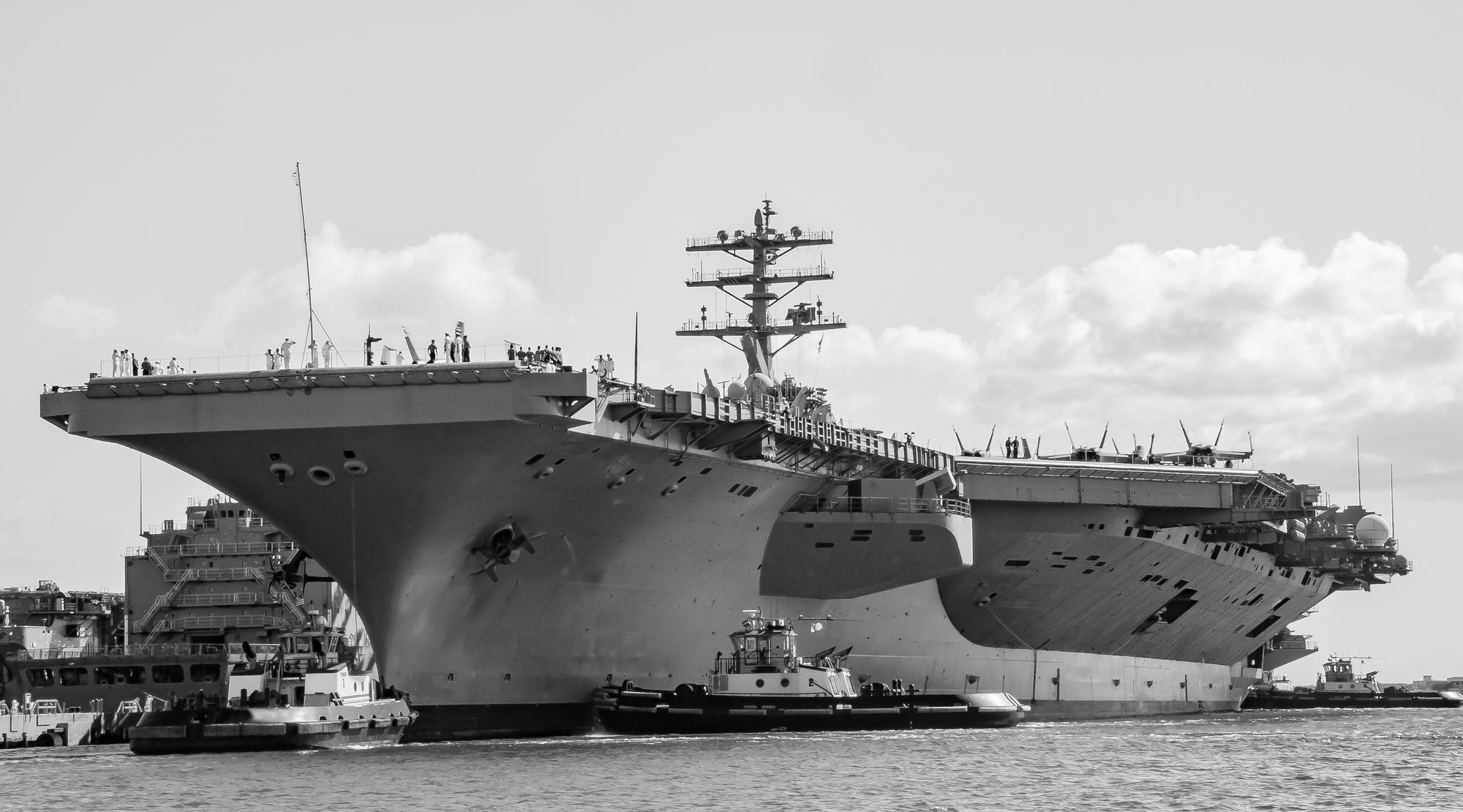The Challenge of Navigating Overwater Work Requirements

A Govgig EM385 1-1 Compliance Article
Federal work opportunities are coming soon! The Professionals here at GovGig specialize in requirements in the Federal arena and we are here to guide you as you work to meet the many obligations that will be expected of you when working in this industry.
With the Shipyard Infrastructure Optimization Program’s (SIOP) plan to reconfigure, modernize and optimize this Nation’s aging Naval Shipyards into new modern facilities over the next few years, The Navy is primed to invest heavily in shipyard infrastructure.
Future work will include the construction and recapitalization of dry docks, recapitalization, and reconfiguring of infrastructure, and modernization of industrial plant equipment. (1)
Much of this upcoming scope comes with substantial activities in close proximity to, over, or even in water work. As such, it is essential that these work requirements be understood and closely followed in an effort to ensure the safety of those performing this vital work.
Federal Safety & Health standards require that special accommodations be given to ensure that work is performed safely. Depending upon the scope of work, the shipyard being worked at or even specialized security concerns, expectations, and even guiding regulatory requirements will vary greatly.
You can expect to have to navigate one of (or even multiple regulations depending upon scope) 29 CFR 1910/1914/1926 regulation, EM 385 1-1, NFPA, EPA, and even FMCSA for transport among many others.
Detailed and thorough pre-planning is key when it comes to understanding the requirements that will be expected of you on your contract. At a minimum, you can expect to be required to develop a site-specific Accident Prevention Plan (APP) with accommodating Activity Hazard Analysis (AHA).
The APP is not a vague document listing the general safety rules of the company, but rather a detailed, site-specific plan that describes the management processes that will be used to prevent accidents from occurring on your construction project. Perhaps even the most important is ensuring that thorough AHAs are completed per the scope of work. These documents detail hazards present in each phase of construction and identify mitigating steps to control each of the hazards identified.
Whether you are performing dredging, pile driving, concrete work, work in caissons or any other numerous activities associated with the upcoming SIOP contracts, AHAs will identify applicable controls needed to ensure that your work meets both the regulatory and project-specific safety requirements of your task.
No doubt that the task of planning for working near water can be daunting. Ultimately, planning is key in identifying the requirements that will be expected of you. Be sure to utilize your SSHO and glean their expertise as you begin to plan your work activities with safety in mind.
Please reach out should you need assistance as we at GovGig are here to guide you each step of the way.
Cory J. Grimmer

